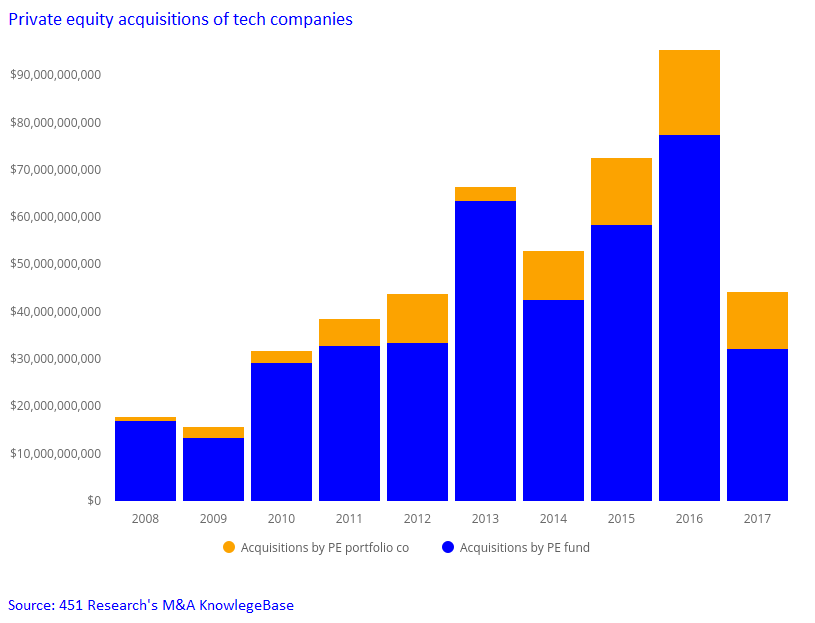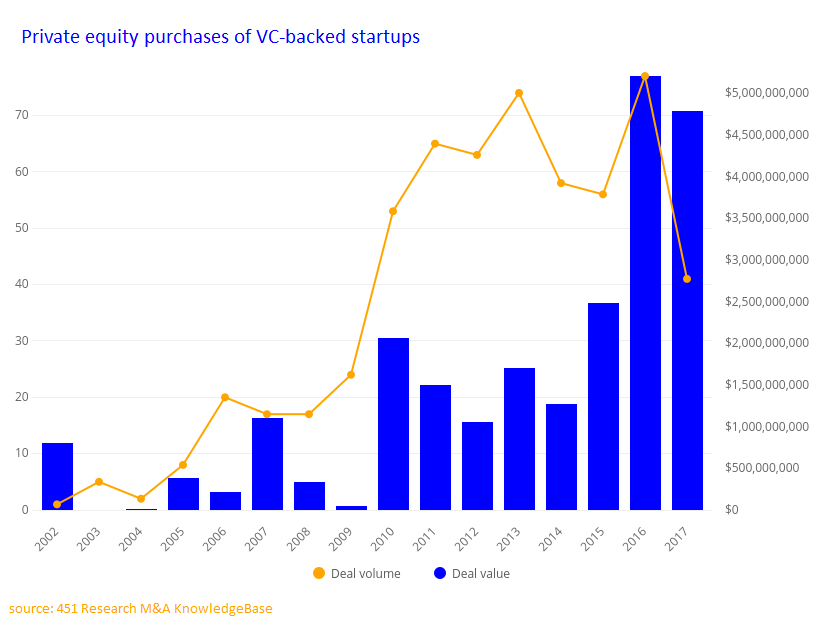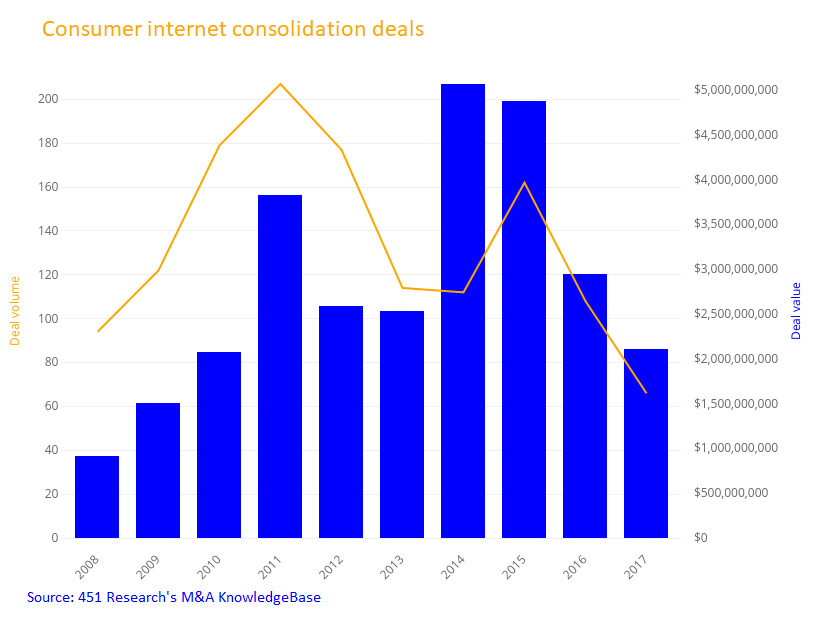Contact: Scott Denne
Snap has picked out a battleground in its attempt to become the next internet giant. In less than a month, the social media upstart has acquired two location technology companies – ad attribution vendor Placed and location-based social app provider Zenly. Those moves into a nascent space could lead other firms to give location tech a closer look.
A valuation of 39x trailing revenue has saddled Snap with hefty expectations and in bolstering its location-based marketing tools, it’s shown how it is planning to meet those expectations. Many of Snap’s features are intimately tied to location – geo-filters and stories, for example – and its larger competitors have only made limited moves toward location-based marketing. That could change, and as it does, acquisitions could follow. Notably, Facebook regularly counters Snap’s announcements with similar products of its own.
Even companies that lack such a direct rivalry with Snap may be enticed into the space as marketers become more aware of the possible applications of location tech following Snap’s deals. Adobe, AOL, Oracle, Google and dozens of smaller vendors expect to expand by serving legacy marketers with large budgets and sales that are tied to a physical location, whether movie theaters, retailers or auto dealerships. Also, Amazon’s dramatic bet on the convergence of physical and digital retail – its pending $13bn purchase of Whole Foods – could put location tech on its shopping list.
Outside of a handful of large GPS and mapping transactions, mobile location technology M&A has been sparse. Location tech encompasses multiple overlapping capabilities, most of which are lacking among the biggest marketing and media firms. Some startups, such as Snap’s Placed, sell the infrastructure to collect, cleanse and deploy location data for targeted marketing and attribution (e.g., NinthDecimal, Placecast, PlaceIQ and Reveal Mobile). App providers like Snap’s Zenly have a legitimate need to collect location data and could bolster the scale of an organization’s location data assets – Foursquare, for example, plays in this segment as well as the former one. Then there are those such as MomentFeed, Placeable and Yext that enable national brands and retailers to manage local presence.
Just as data generated by web servers became the heart of digital marketing, consumer location could fill the same role for the convergence of physical and digital marketing. But the applications for this data are poorly understood today. Major retailers spent years investing in beacon deployments although few have developed a strategy to get a return, while advertisers continuously test how to make use of location data, whether through targeting places and people or measuring results. Despite the growing pains, the attention on this corner of the tech ecosystem from a widely watched company like Snap could make location the place to be.
For more real-time information on tech M&A, follow us on Twitter @451TechMnA.




